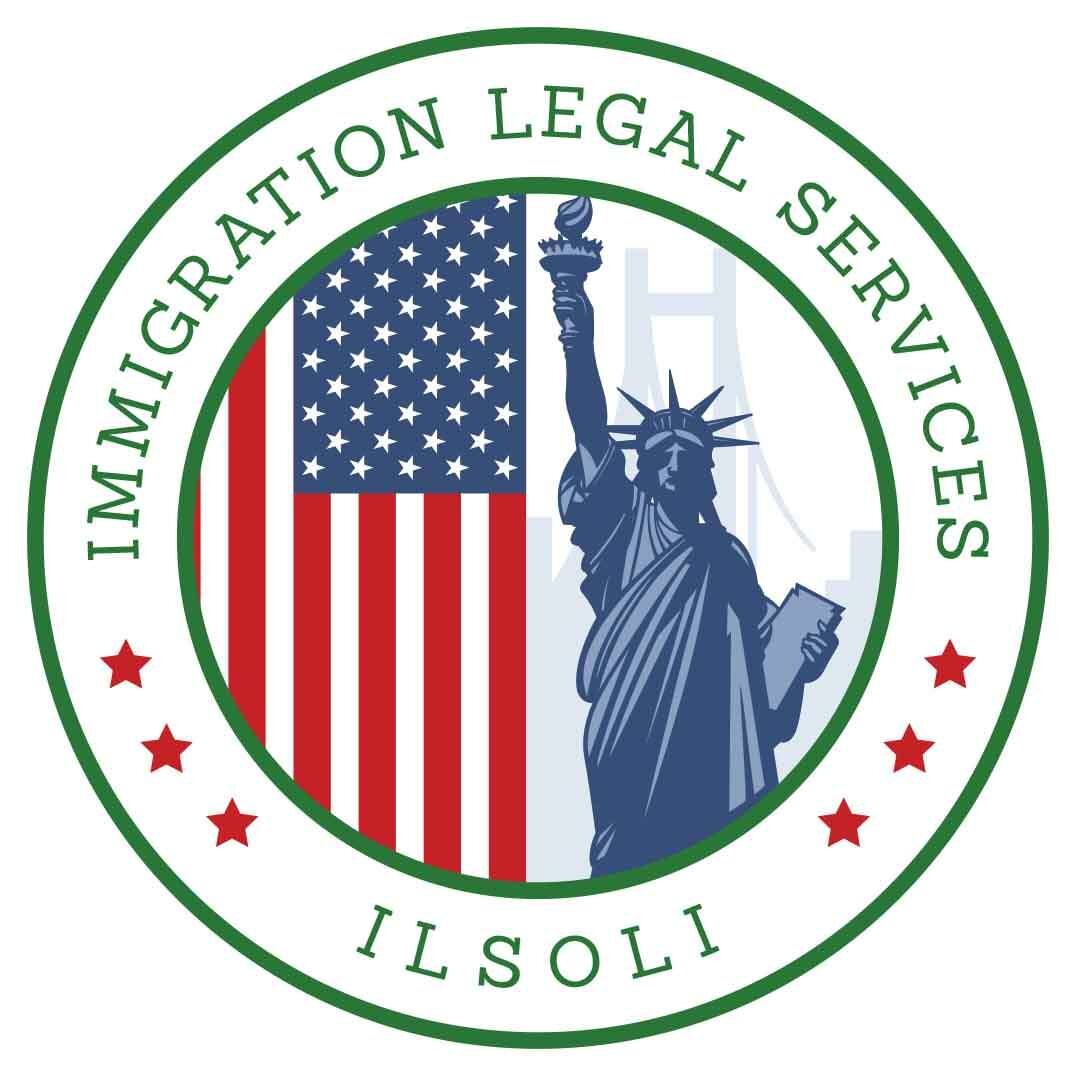USCIS makes it easier for students with a tourist visa to process the F-1 visa.
There are travelers to the United States who decide to enroll in an educational program during their visit and although they could process the F-1 visa, obtaining that permit was expensive and with limited possibilities of being approved before the non-citizen had to leave the country. .
One of the main problems was the "gap" in the length of stay in the US and the date on which the change of status was granted.
Now, the Office of Citizenship and Immigration Services ( USCIS ) announced a new guide that eliminates the need for people who applied for a change of status (COS) as an F-1 student to have to apply change or extend your non-immigrant status while your application is pending.
"Under the previous policy, applicants had to maintain their status for up to 30 days before the start date of the program," says the agency with reference to Form I-20 or Certificate of Eligibility for Nonimmigrant Status.
This document was required to request extensions of stay or a change of initial status, so that people did not incur in breach of stay , that is, there would be a “gap” in the minimum time required.
With the change, USCIS avoids that “gap” in status through the applicant's Form I-539 or Application to Extend / Change Nonimmigrant Status.
"If we approve an application more than 30 days before the start date of the (educational) program, the student must make sure that he does not violate his F-1 status during that time," he says. "An example of a status violation would be working, including employment on campus, more than 30 days prior to the program start date indicated on your Form I-20."
Attorney Allan Attorney Allan Wernick , Director of the Citizenship Now! from New York University, singled out the change as "big."
"This is big. Under the previous rules, changing (the visa) B-2 from visitor to F-1 student was practically impossible. This is great news, ”he said.
The agency indicates that the new policy will reduce workloads and costs "for both applicants and USCIS."
It should be noted that Form I-539 is still under review to reflect these changes , so interested parties are encouraged to keep an eye on the publication.
In its FAQ, USCIS has answered that it is allowed to enroll in a school while the person is a visitor.
"It depends. Some statuses allow you to enroll in a school, while other statuses do not allow it, ”he recalls. "Those persons who are in a non-immigrant status that does not allow them to enroll in a school, must first acquire F-1 (academic student) or M-1 (vocational student) status."
Interested persons are suggested to consult with a lawyer to avoid unnecessary expenses and, above all, affect their immigration status.
